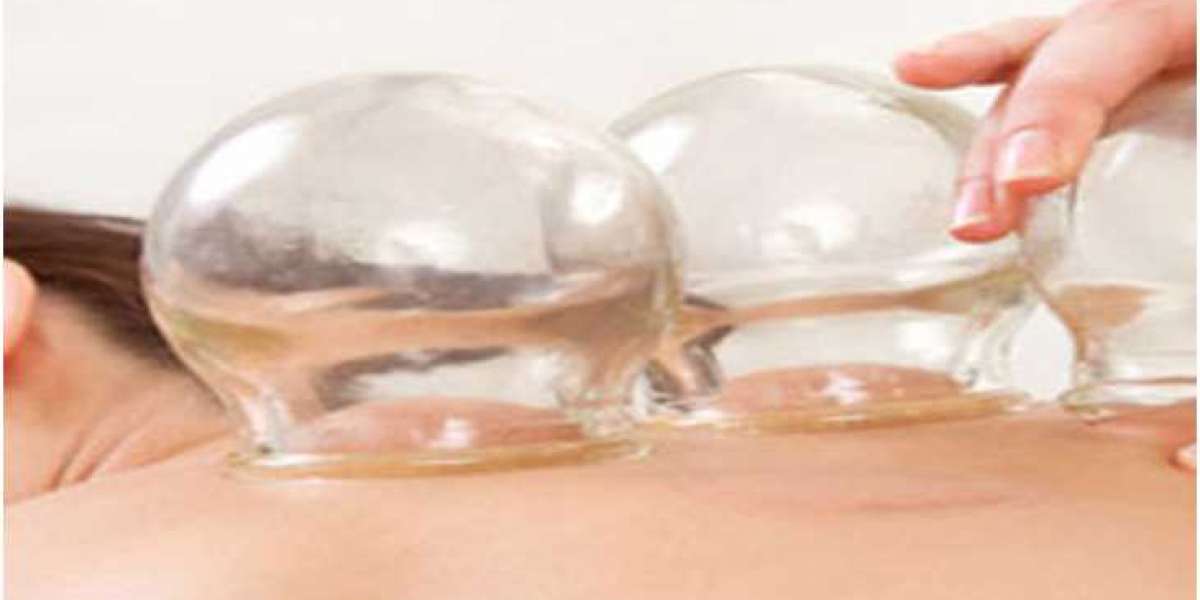Cupping therapy is a traditional form of alternative medicine that has gained significant attention in recent years, especially among athletes. As people strive for peak performance, the need for effective recovery techniques has never been more critical. This article delves into how cupping therapy can benefit athletes by naturally reducing muscle tension, enhancing recovery, and improving overall athletic performance. We will explore the science behind this ancient practice, how it works, and what athletes can gain from incorporating it into their routines.
The Basics of Cupping Therapy
Cupping therapy originated in ancient Egyptian, Chinese, and Middle Eastern cultures, and is characterized by the use of glass, bamboo, or silicone cups placed on the skin to create suction. This suction draws the skin and underlying tissues into the cup, promoting blood flow and stimulating the healing process. There are various types of cupping methods, including dry cupping, wet cupping, and fire cupping, each offering unique benefits. In recent years, many high-profile athletes, including Olympians and professional sports players, have openly endorsed cupping therapy, bringing it further into the limelight.
Muscle Tension: The Athlete's Dilemma
Muscle tension is a common issue faced by athletes, often resulting from intense training sessions, repetitive movements, or inadequate recovery practices. Over time, build-up of tension can lead to decreased flexibility, range of motion, and even injuries. Conventional methods to alleviate muscle tension include stretching, massage therapy, and other modalities. However, these techniques may not always be sufficient for everyone. This is where cupping therapy can play a vital role, providing a natural and effective alternative for muscle tension relief.
Enhancing Blood Flow and Circulation
One of the primary benefits of cupping therapy benefits is its ability to enhance blood flow and circulation to the affected areas. The suction created by the cups draws blood to the surface of the skin, promoting oxygen delivery and nutrient supply to the muscles. Increased circulation helps to flush out toxins and metabolic waste, which can build up during intense workouts. A study published in the Journal of Bodywork and Movement Therapies observed enhancements in local circulation and tissue oxygenation following cupping therapy sessions, suggesting a direct link to improved recovery for athletes.
Reducing Inflammation and Pain
Cupping therapy is also known for its anti-inflammatory properties. The process stimulates cells responsible for healing and modulation of inflammation, thus reducing pain and swelling in the muscles. Research has shown that athletes who incorporate cupping therapy into their regimen experience less muscle soreness and a faster recovery time post-exercise. Additionally, the release of endorphins during cupping sessions aids in pain relief, allowing athletes to push through workouts with less discomfort.
Improving Range of Motion and Flexibility
Flexibility and range of motion are crucial for athletic performance. Restricted muscles can inhibit movement, leading to suboptimal performance and higher injury risks. Cupping therapy contributes to improved flexibility by releasing muscle tightness and enhancing the elasticity of the connective tissues. Athletes often find that their ability to perform stretches and athletic movements improves significantly after a cupping session. A study in the Journal of Sports Medicine indicated that participants who underwent cupping therapy showed marked increases in joint range of motion compared to those who did not.
Psychological Benefits of Cupping Therapy
Recovery is not only physical but also psychological. The pressure and stress associated with competitive sports can take a toll on an athlete's mental health. Cupping therapy offers a unique opportunity for relaxation and mental clarity by creating a calming environment during treatment. The release of endorphins can also promote a sense of well-being. Athletes utilizing cupping therapy have noted improvements in mood and a reduction in anxiety levels, ultimately contributing to enhanced focus during competitions. Mental resilience is just as important as physical strength in high-stakes environments.
Safety and Considerations
While cupping therapy is generally considered safe, it is essential for athletes to consult with qualified practitioners to avoid any adverse effects. Those with certain skin conditions or blood disorders should approach cupping with caution. As with any alternative treatment, individual responses to cupping can vary, and it is essential for athletes to monitor their body’s reactions and communicate with their therapists. Additionally, practitioners should ensure that proper hygiene standards are upheld to prevent infections or complications.
Integrating Cupping Therapy into Athletic Routines
For athletes interested in incorporating cupping therapy into their routines, it is beneficial to schedule sessions around training and competition timelines. Many athletes find that cupping is most effective when performed after intense training sessions or prior to competitions for optimal results. It is crucial to maintain open communication with trainers and physical therapists to establish a comprehensive recovery plan. Depending on personal needs, frequency of cupping can range from once a week to several times a month.
Conclusion: Embracing Cupping Therapy
Cupping therapy is a powerful tool for athletes looking to enhance their performance and recover naturally from muscle tension. Its ability to improve blood circulation, reduce inflammation, enhance flexibility, and provide psychological benefits makes it a versatile option for maintaining peak athletic function. As with any treatment, it is essential to approach cupping therapy with mindfulness and professional guidance. As more athletes turn to this ancient practice for modern-day recovery, the conversation around its benefits will continue to grow, shedding light on effective and natural methods for enhancing athletic performance.







